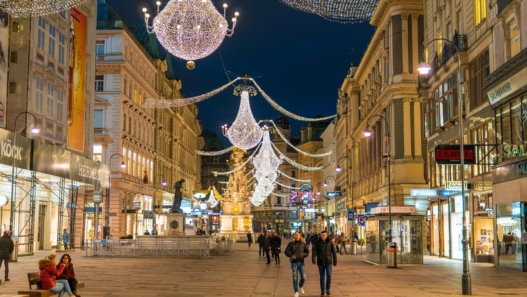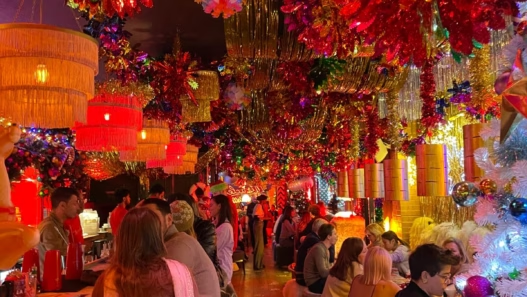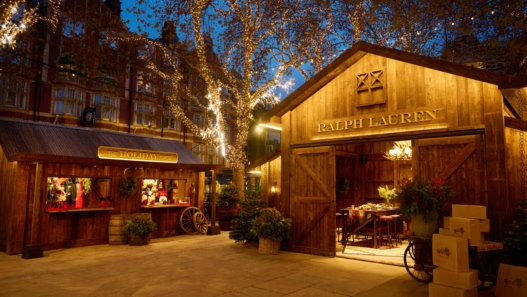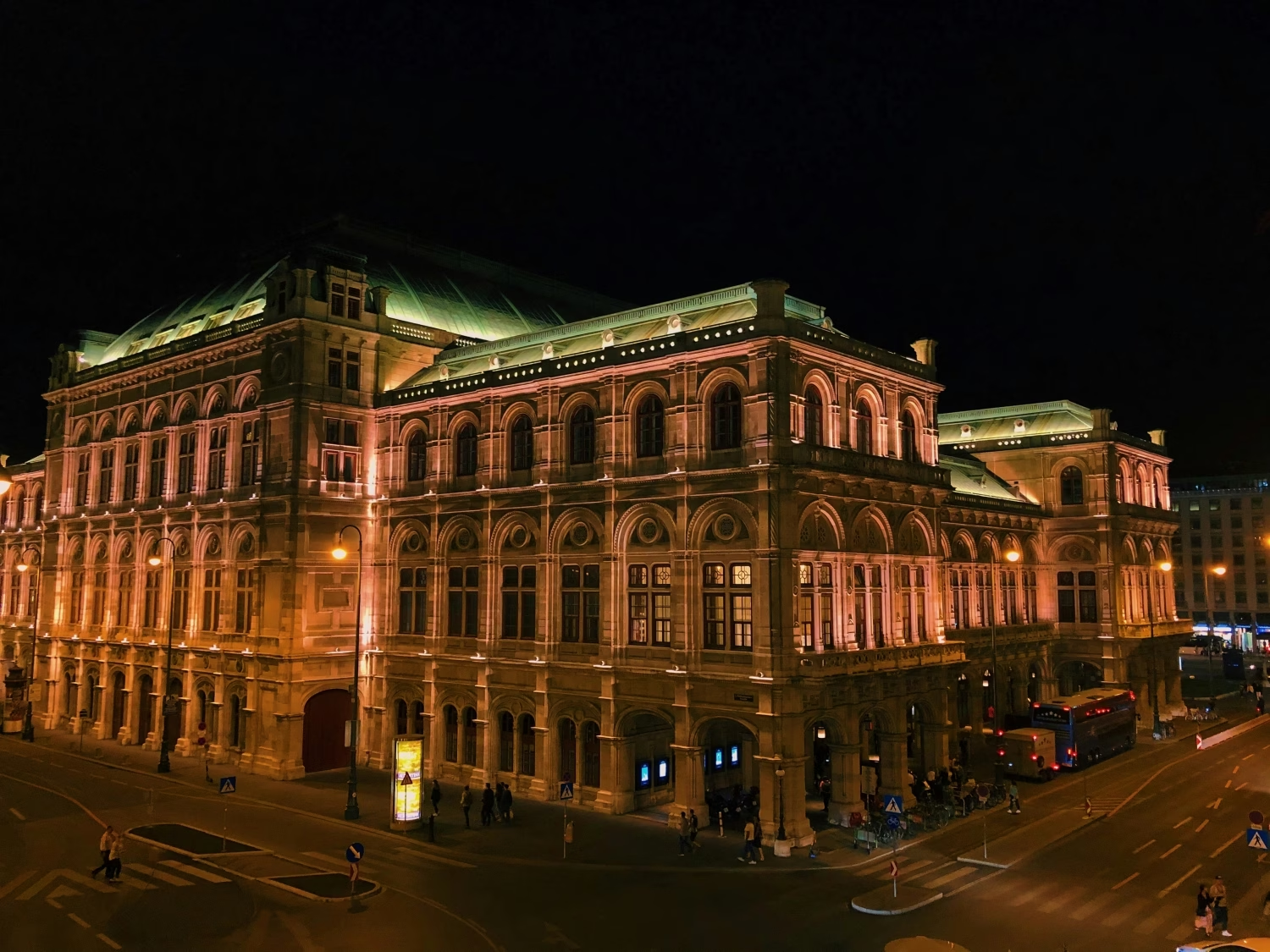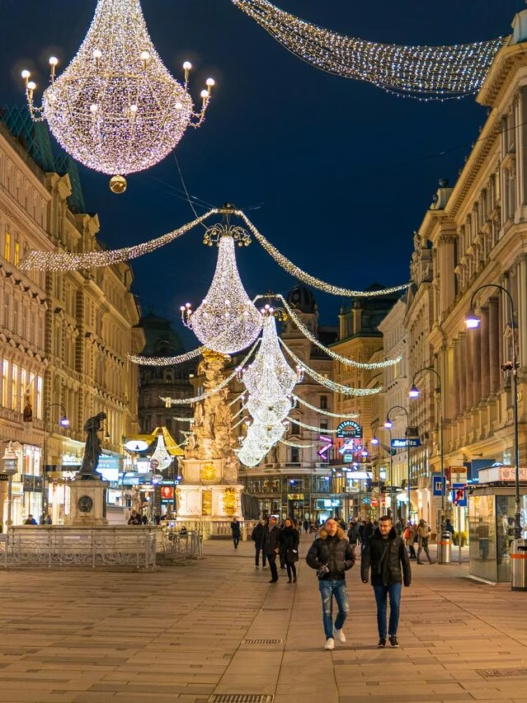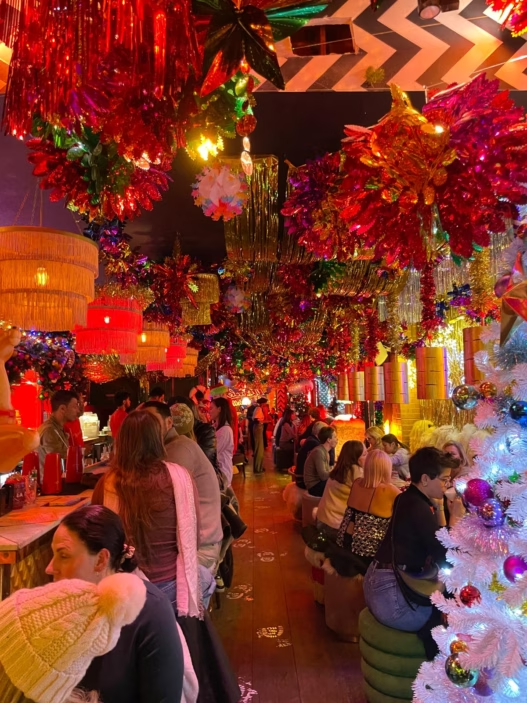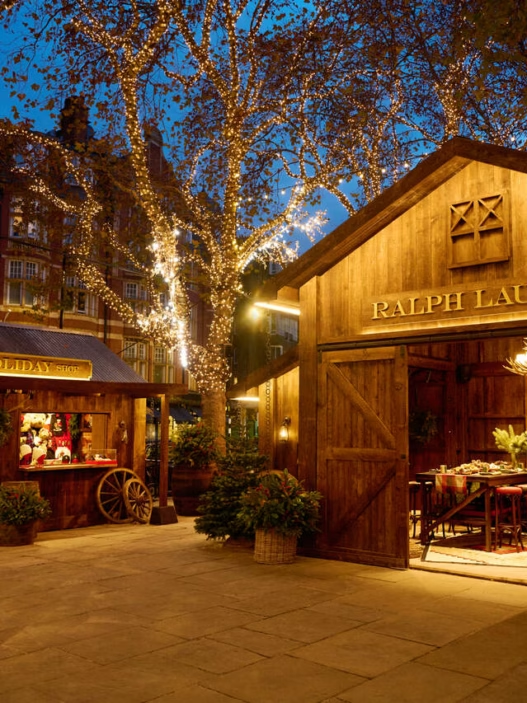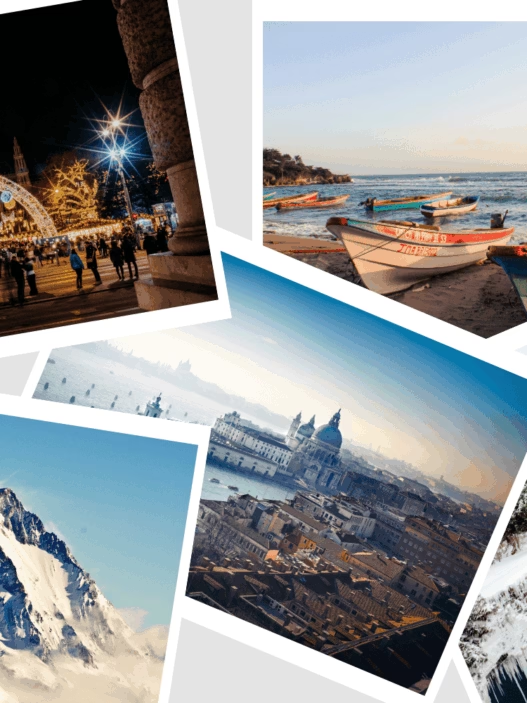The news from Barcelona and other cities overrun by travelers is familiar: These range from shouts of “Tourists go Home” to attacks with water pistols. Many cities around the world, especially in Europe, have a problem with mass tourism. Older cities in particular are simply not designed for the large numbers of visitors. When the locals suddenly find themselves outnumbered and their needs are forgotten, conflicts naturally arise. Because we can make a good living from tourism and of course we are also happy when other people recognize the beauty of our hometown, a compromise is necessary. This also means that visitors should familiarize themselves with the peculiarities of their destinations in advance. You should know these rules for Vienna in advance:


Using Escalators
In Vienna, we also follow a kind of traffic rule on the escalator: if you are on it, you stand on the right. This leaves the left-hand side free for people who are in a hurry and want to overtake. If you don’t follow this rule, you are immediately recognized as a stranger and must expect to be snapped at or even pushed aside by impatient locals.
Rules for Vienna and its Public Transport
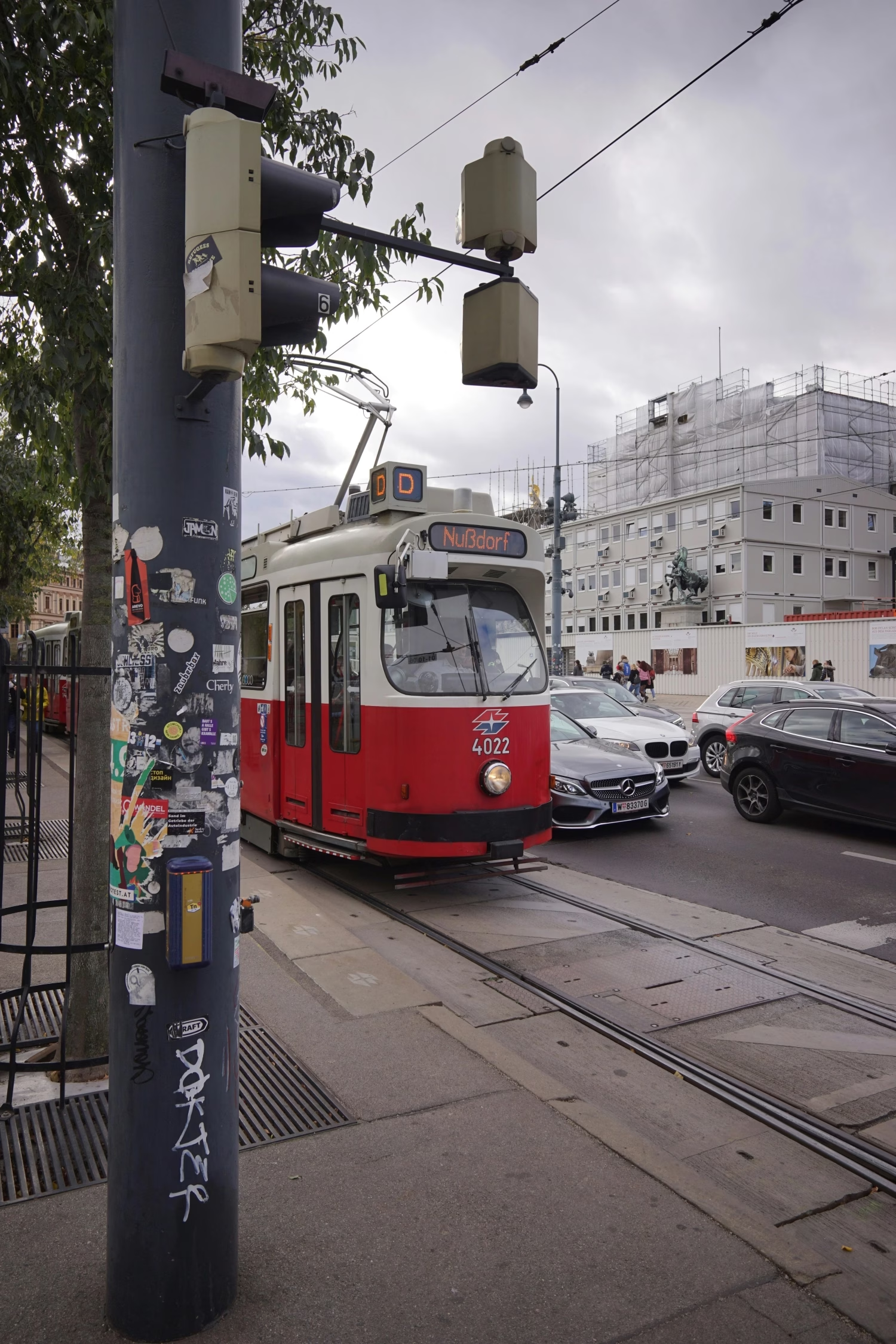
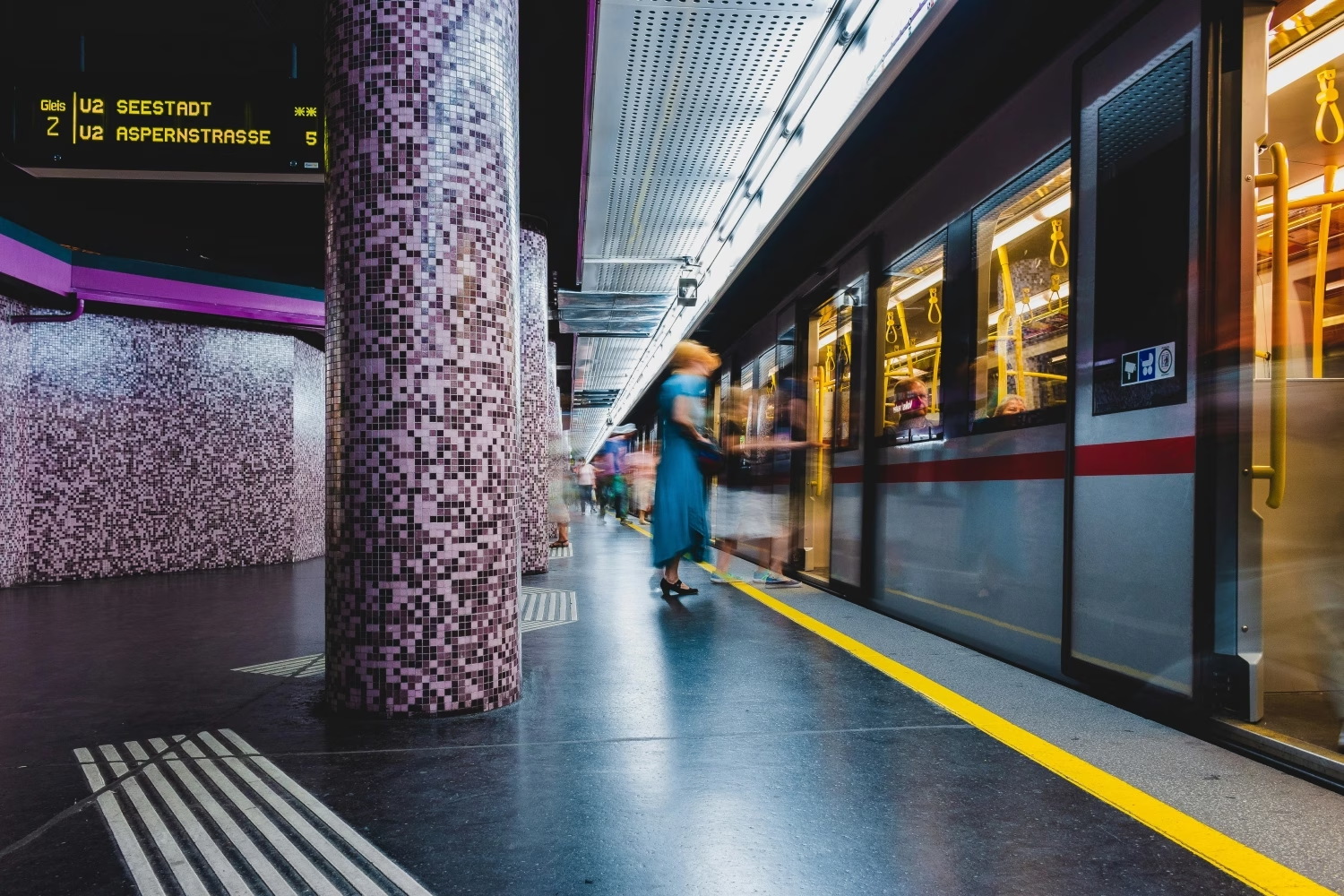
We can all hardly wait to finally get on the arriving subway or streetcar. So that the train can continue its journey quickly, we let out those people who want to get off first. We wait at the sides of the subway or streetcar entrances. Only when no one wants to get off do the waiting passengers get on. If you are standing in a very crowded public transport vehicle and other people want to get off, you also get off briefly to make room. Anyone blocking entrances can expect a passive-aggressive “Are you getting off?”. In the subway, on the streetcar and on the bus, you offer your seat to people who need it more urgently, for example older people or pregnant women. In general, Vienna is a city where you can do a lot on foot. During the morning and evening rush hour, it often makes sense to walk one or two stops instead.
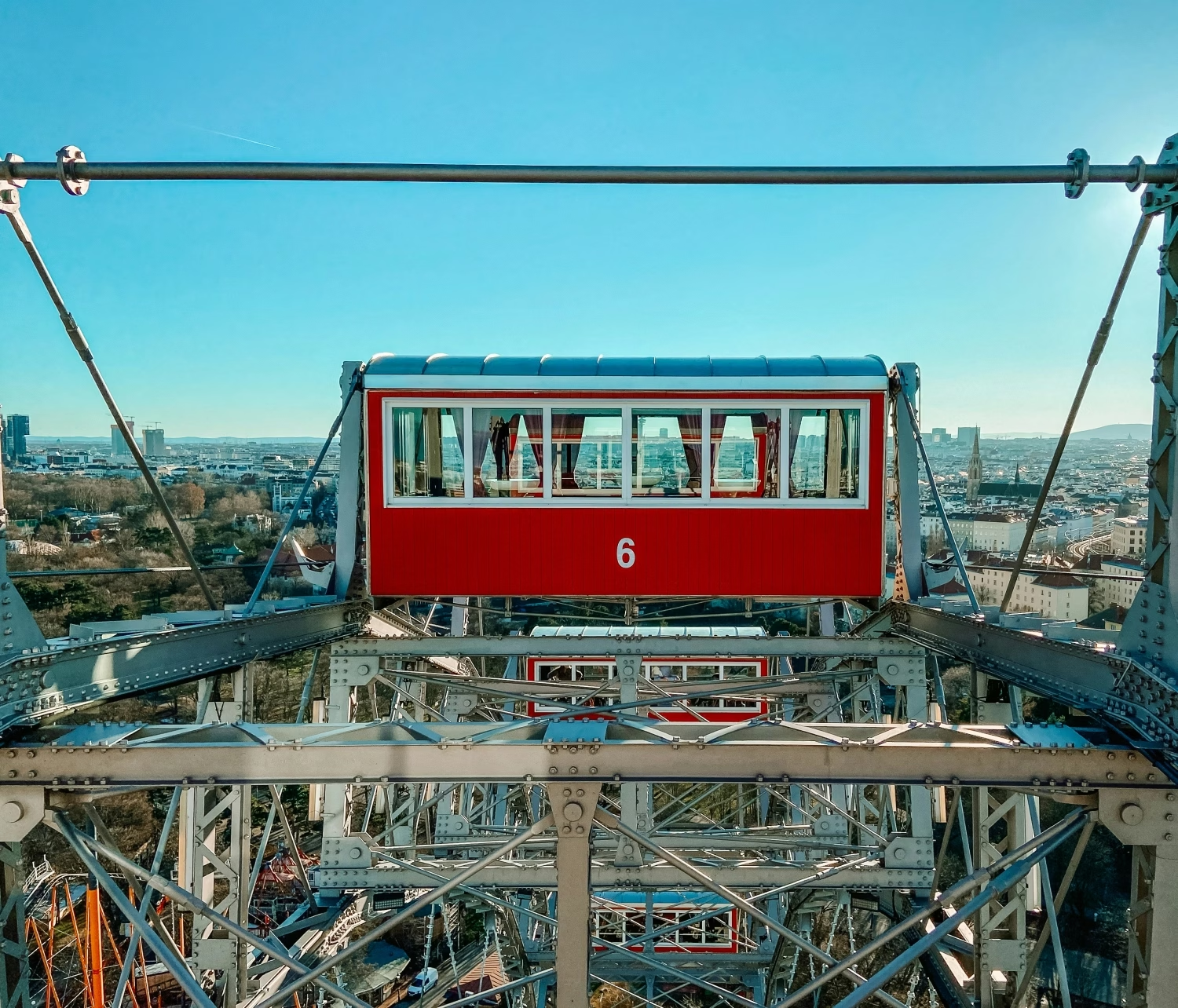
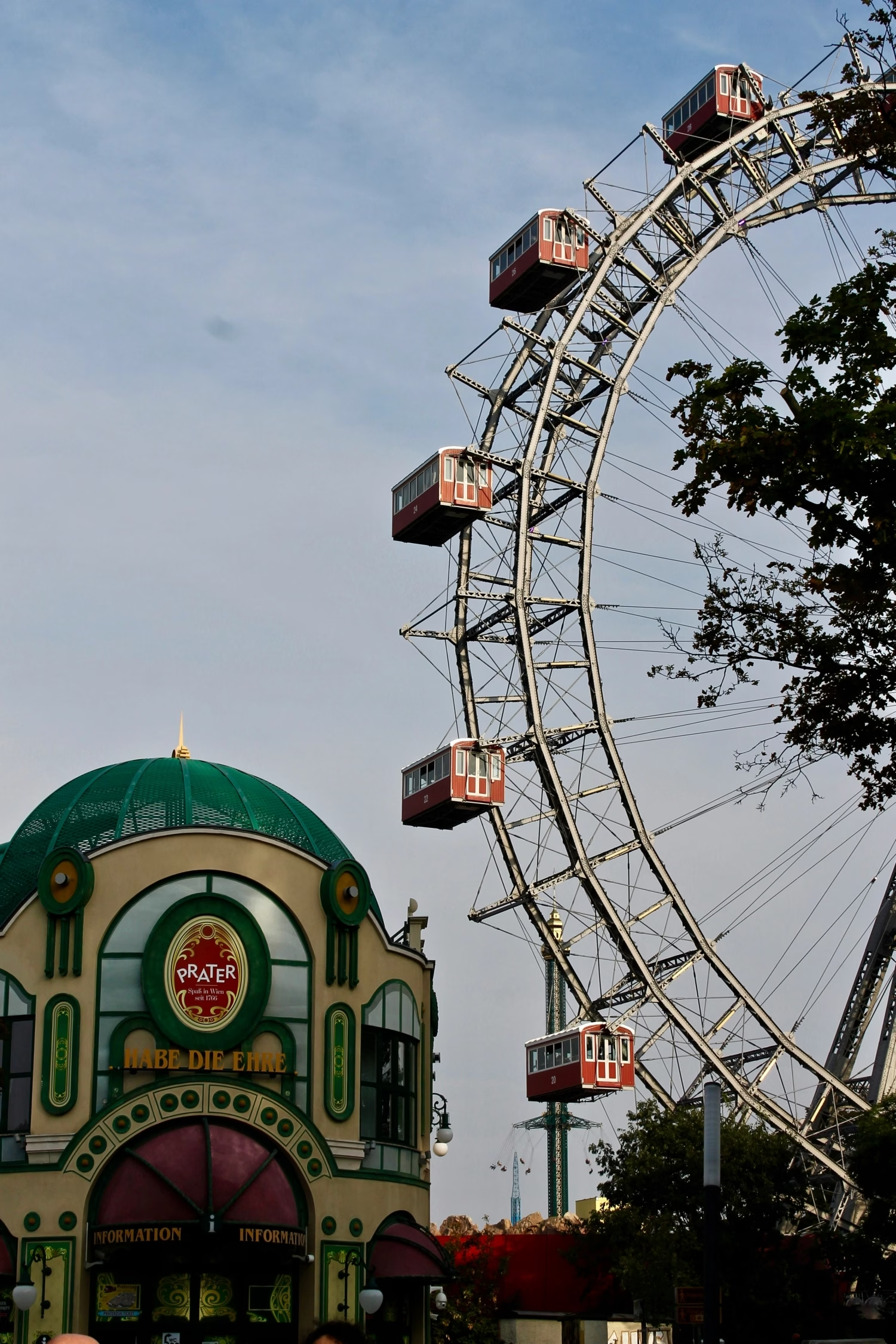
Dispose of your Trash
You might make fun of the Austrian way of separating waste. But travelers who have seen many countries around the world will see the sense in it. And also that Vienna is a remarkably clean city. There are garbage bins on every corner and in many places they are even divided into different waste categories (plastic, glass, residual waste, organic waste). Travelers are therefore expected not only not to simply leave their garbage everywhere, but to separate it in the same way as the locals do.
What’s the Dresscode for the Opera House?
Broadway fans will have noticed one thing: In New York, it is quite common to simply go to a musical or theater performance after shopping or “in between”. Those who dress up for this usually stand out. In Vienna, the opposite is true. People dress elegantly for theater, musical and opera visits. At least cocktail attire is a good idea for all cultural events. For men, this means at least a jacket and shirt. If you don’t have anything in this respect, you can pop into the traditional men’s outfitter Sturm am Parkring. Here you can find high-quality suits, jackets, pants, shirts and ties.
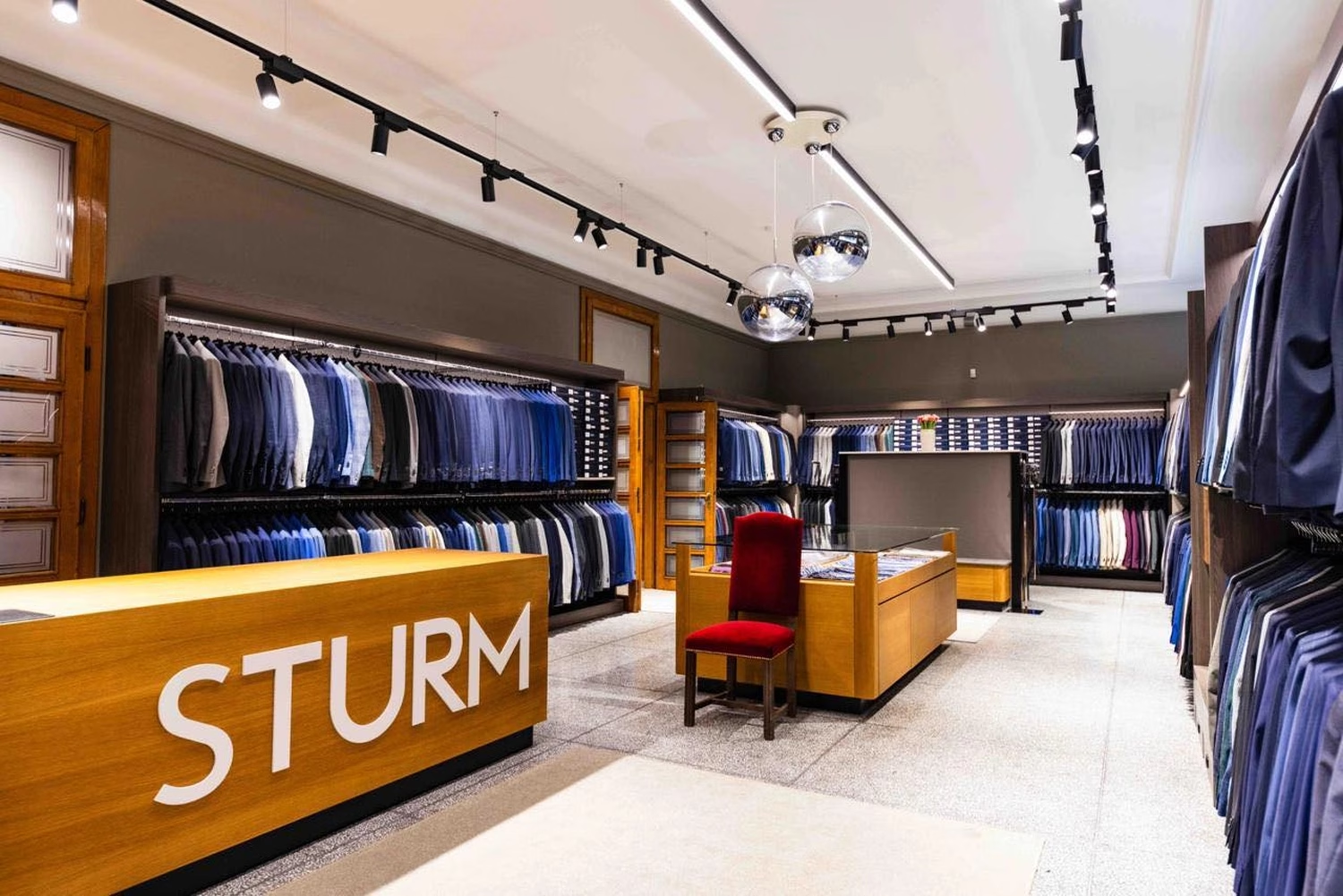
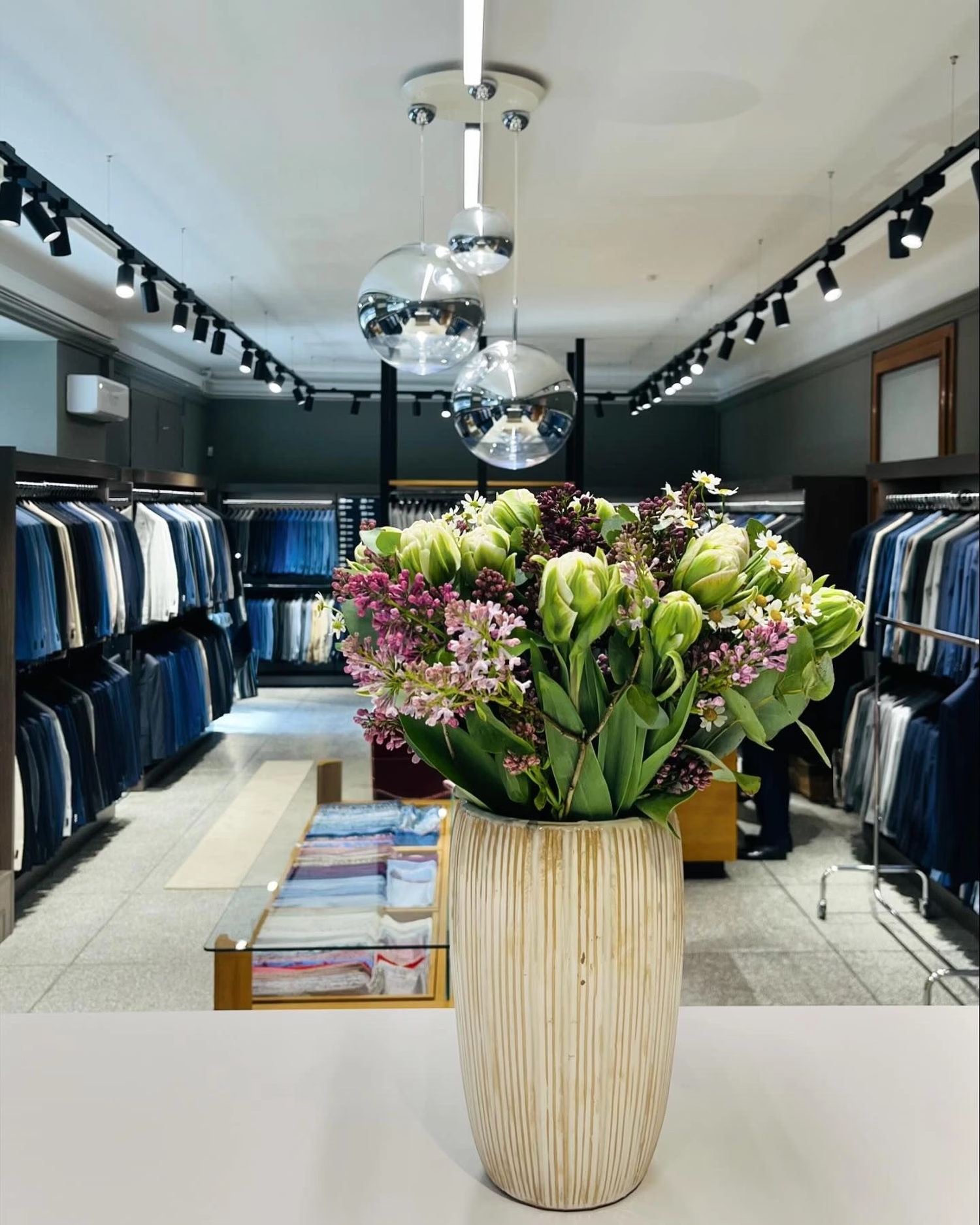
Mind your Volume
Of course, Vienna’s coffee houses are not completely silent either. Or on public transport. But one of the rules for Vienna is to be a little more restrained with volume. This applies to conversations as well as conversations on the phone. Anyone sitting at a table with you or next to you on the subway should be able to hear you. But not the entire coffee house or train compartment.
Tipping Policy in Vienna
This rule for Vienna may be controversial. After all, generous tipping is something that people working in the catering industry have come to expect, especially since more and more travelers have brought this custom to us. Generally speaking, there is a statutory minimum wage, all employees are covered by health insurance and receive five weeks paid vacation per year as well as vacation and Christmas bonuses, i.e. a 13th salary. So, unlike in other countries, they are not dependent on their tips to make a living. Of course, everyone is happy to receive some extra cash. When eating and if the service was really good, around 10 percent is appropriate. If you only had a coffee or a beer, it can be less.
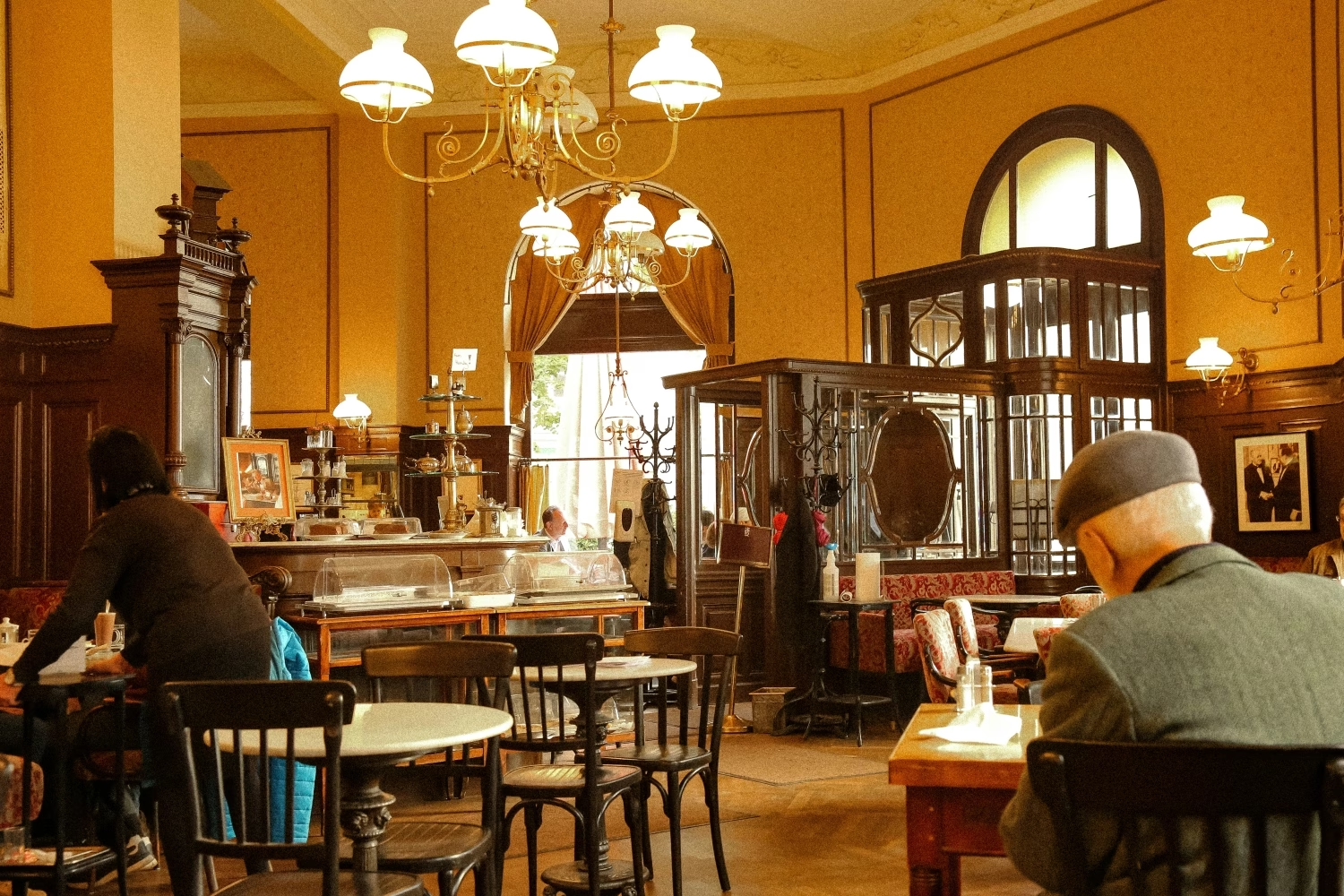
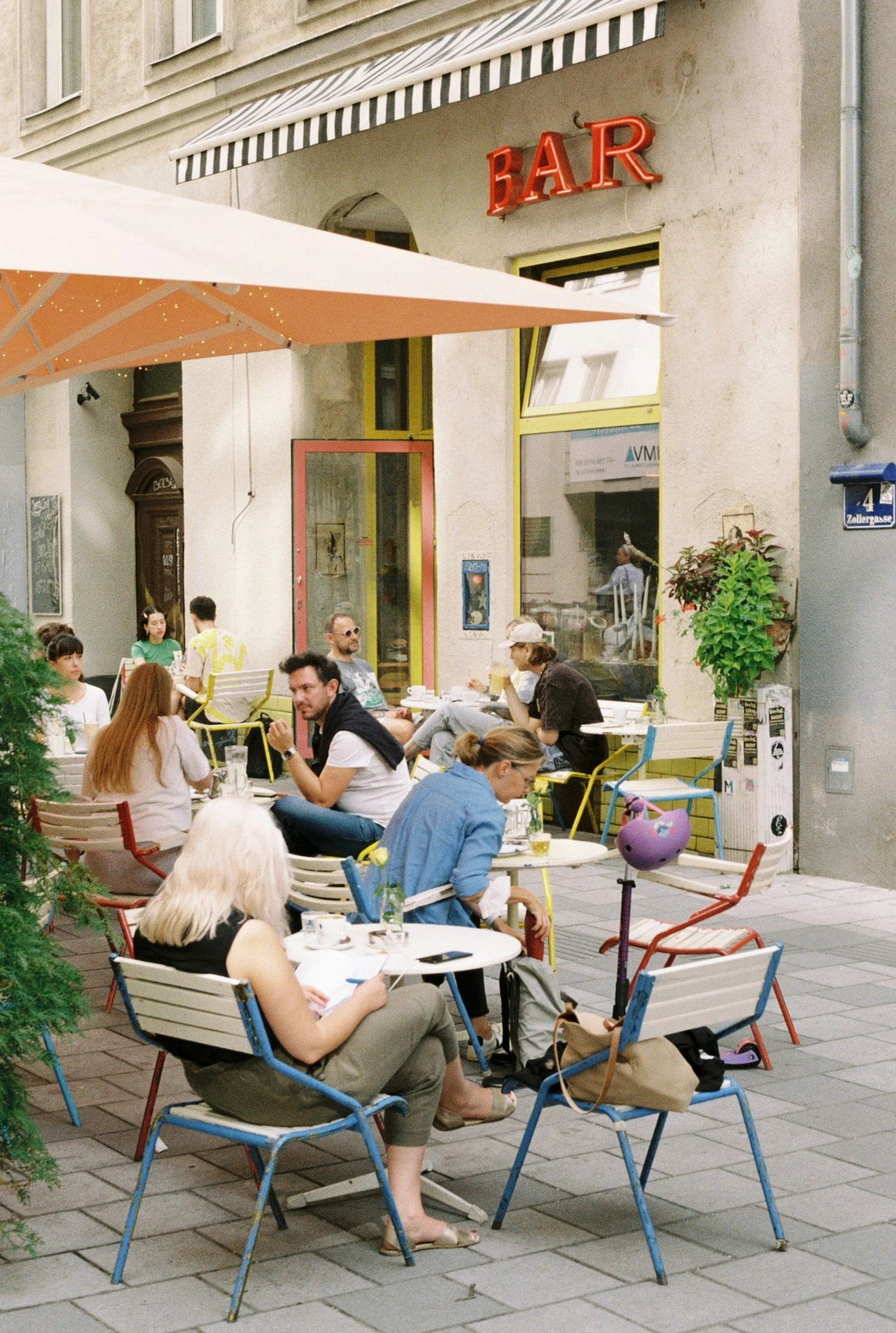
The hyped Cafés
Speaking of coffee: locals don’t go to any coffee house for which they have to queue. The city is full of fantastic cafés; neither the Central nor the Sacher or Landtmann are anything special in our eyes. Or rather, they tend to be particularly crowded, particularly expensive and often particularly unfriendly. Locals can’t understand the hype surrounding the guidebook cafés. So if you want an authentic experience in this respect, go to one of the 970 other coffee houses in the city.
Blocking Entrances
Although the beauty of the city might make you think so: Vienna is not a museum. People live and, above all, work here. And of course they want to get home on time in the evening, run their errands undisturbed and get to work in the morning. One of the most important rules for Vienna and every other city in the world is therefore not to forget these points. This means that you should be careful not to block any entrances. Do not walk in large groups next to each other on sidewalks. Please also do not take photos of strangers. Do not look in at windows. Or simply enter private buildings and courtyards.
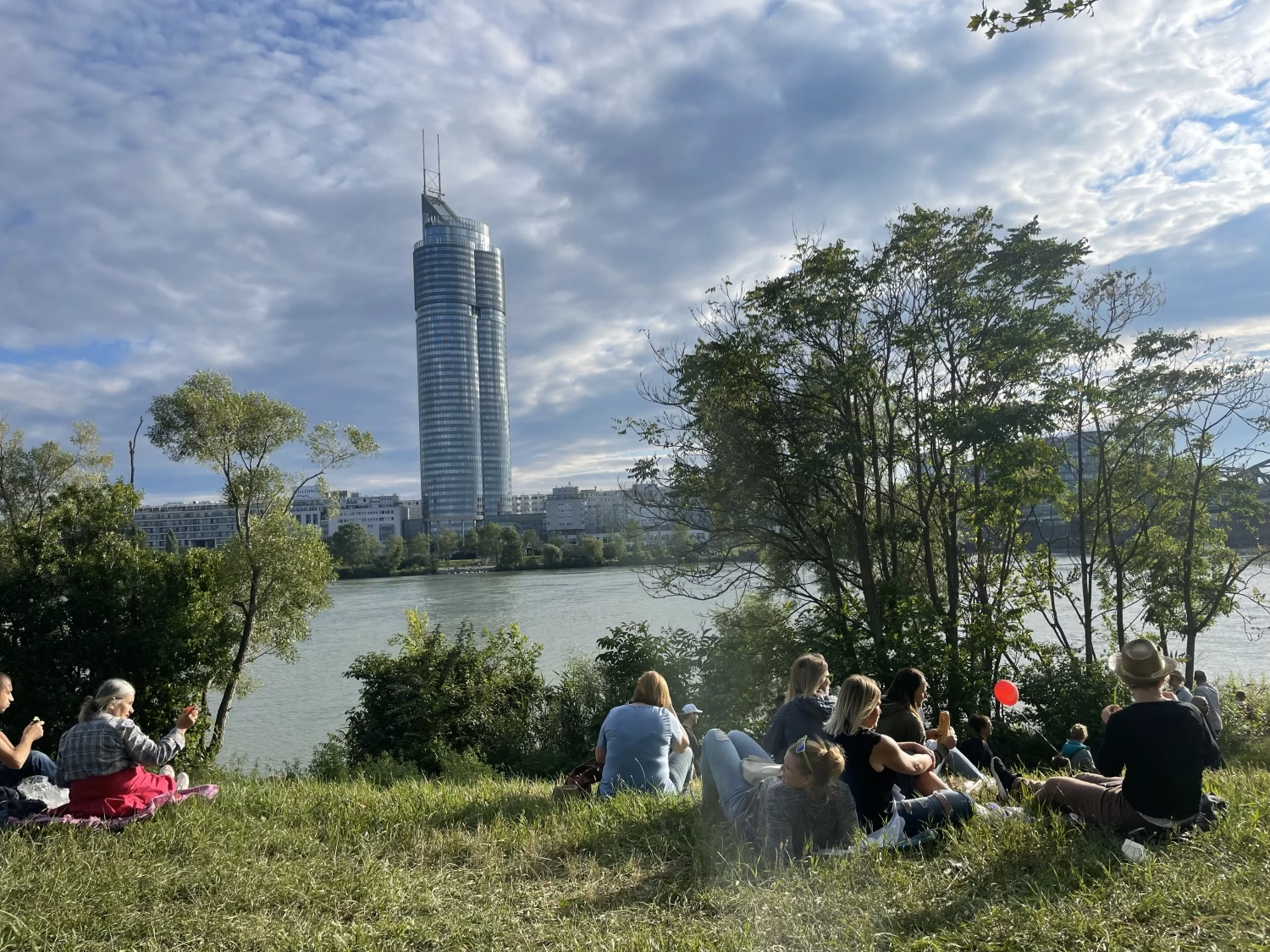
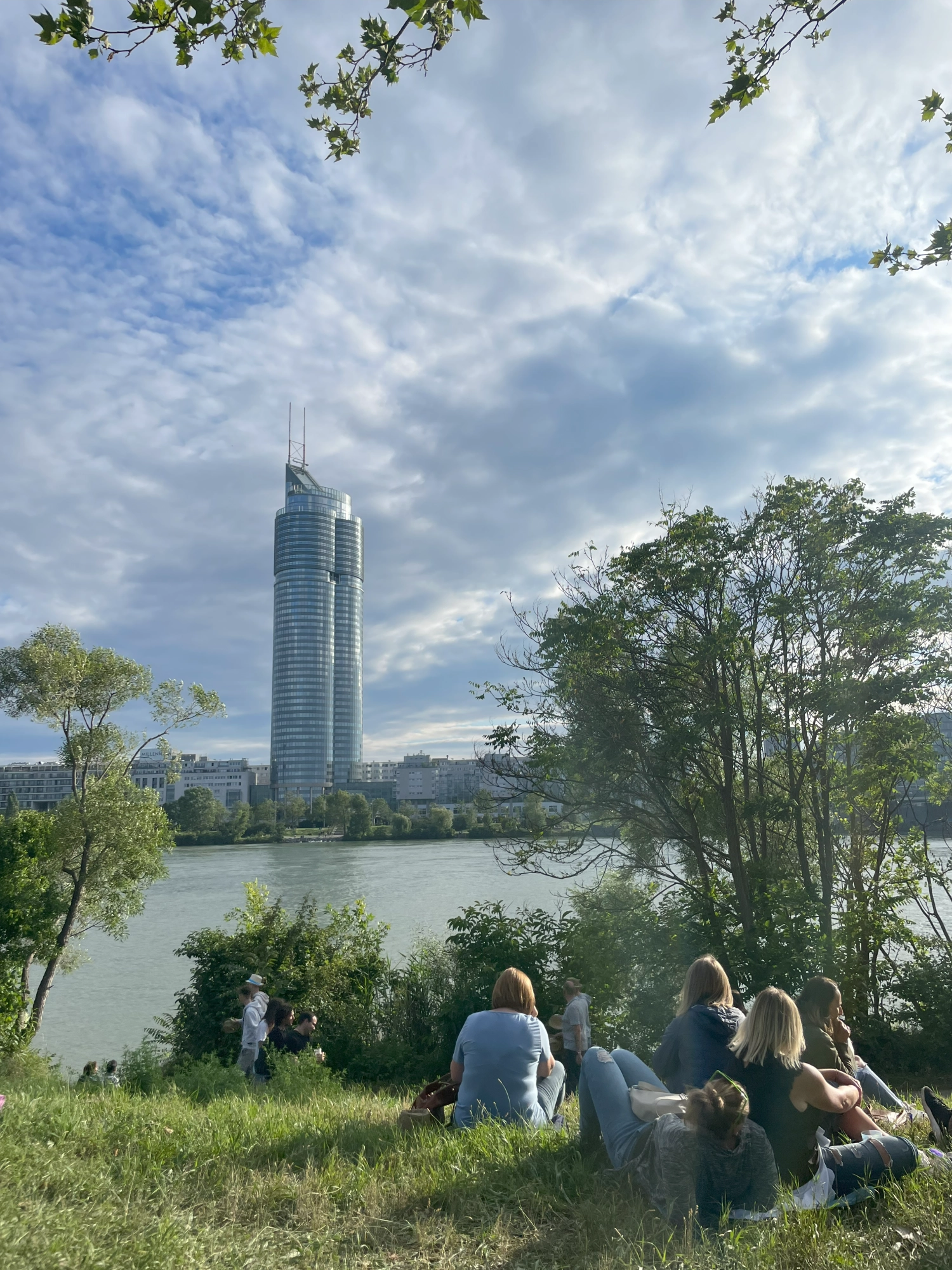
Vienna is more than the first District
If you want to be able to say you’ve been to Vienna, you should see more than just the first district. Sure, everything within the Ringstrasse is particularly old and instagrammable. But all the other districts – and there are 23 of them in total – also have their own special charms. The seventh district, for example, is known for being very hip. Many modern cafés and small stores make it worth a visit. The second district is near the Prater, Vienna’s green lung. The 19th district is known for its typical wine taverns and elegant villas.
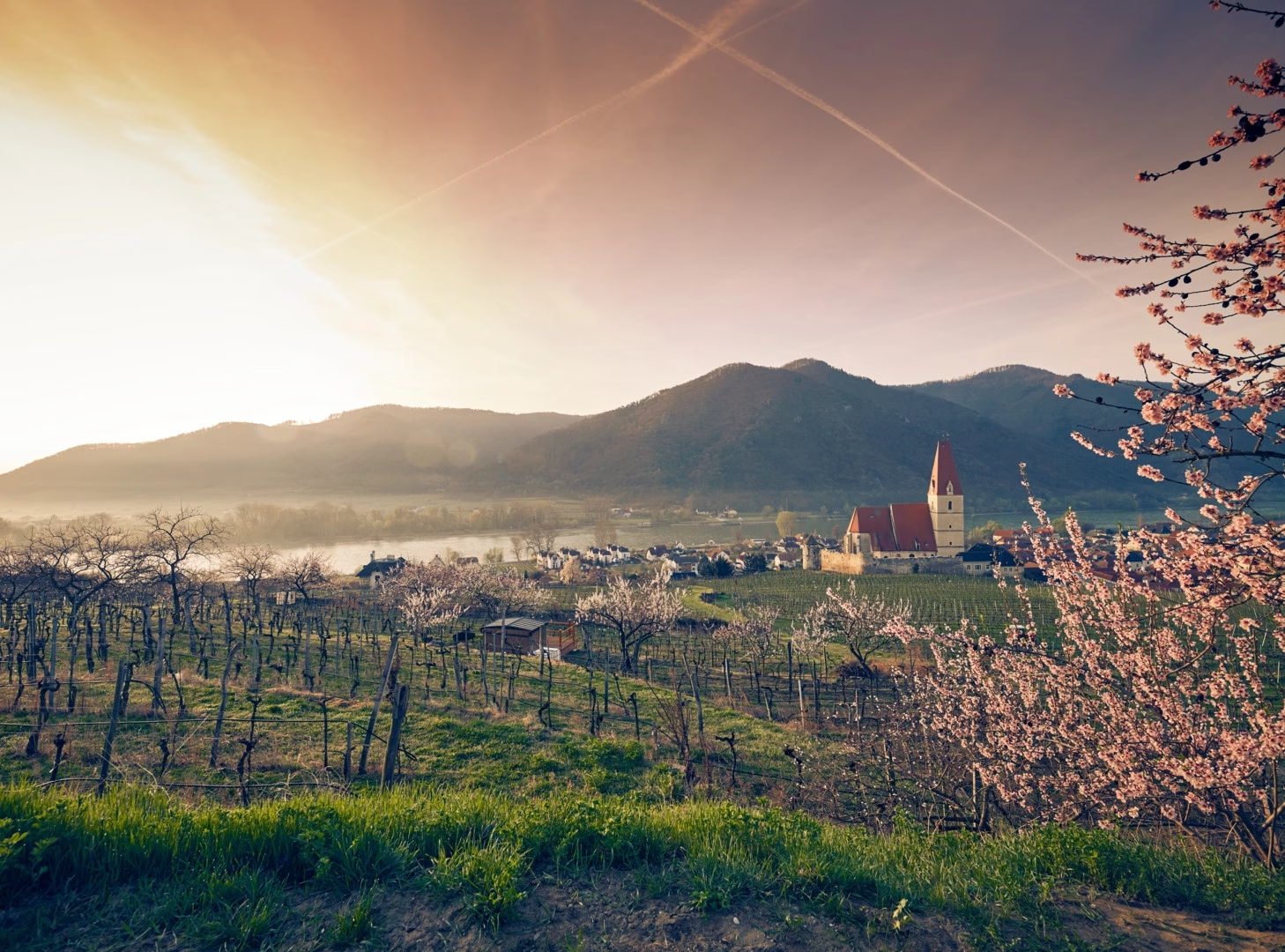
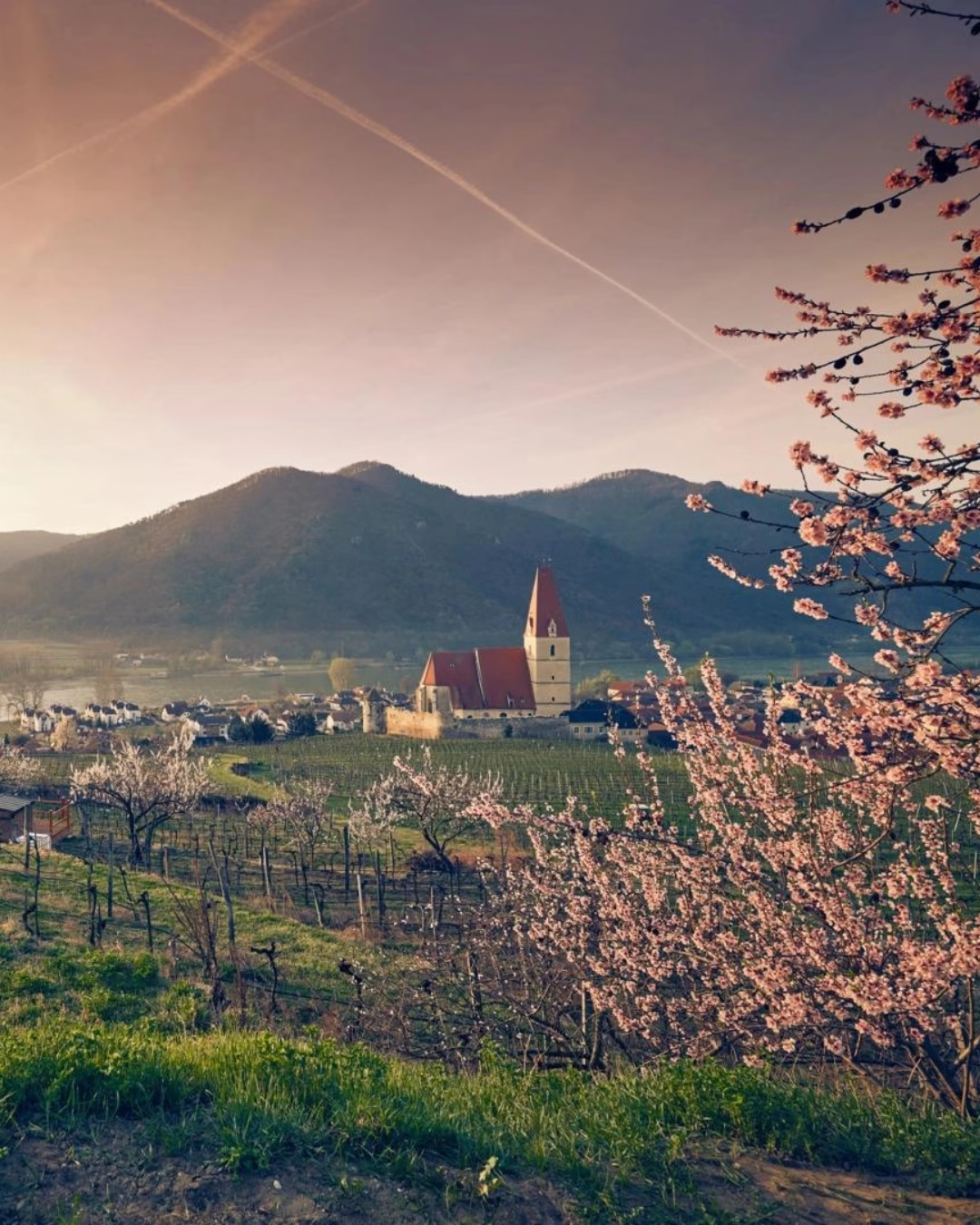
Day Trip to Hallstatt
Time and again, travelers ask for tips for a day trip to Hallstatt. The simplest answer to this is: Don’t do it. On the one hand, the trip is a long one. It takes three and a half hours one way by car. And even four and a half by train. That doesn’t leave much time on site and is simply stressful. Hallstatt is also a tiny place that is inundated with tourists. There is hardly any room left for locals. They have to fight their way through groups of tourists, put up with people peering into their homes, deal with imaginary influencers and are increasingly being pushed out. After all, nobody wants to live in a museum. We therefore strongly advise against day trips. Don’t be part of the problem! Other cities in Austria are just as beautiful and less crowded. And you also have the chance to meet friendly locals and take photos that every other tourist doesn’t have anyway. How about a trip to the Wachau region (pictured above), for example?



